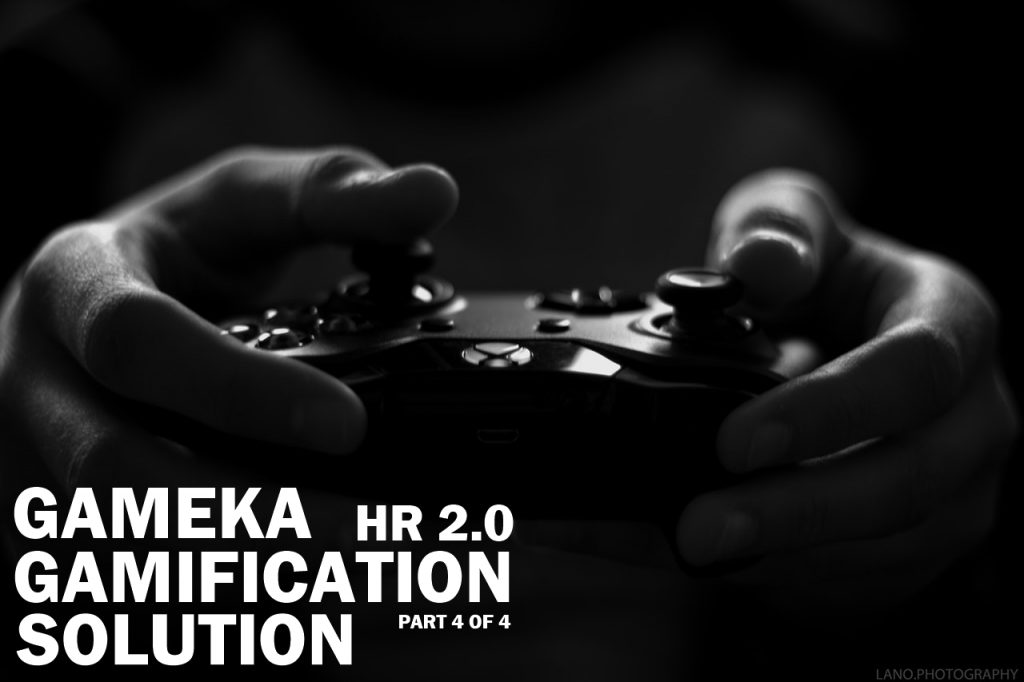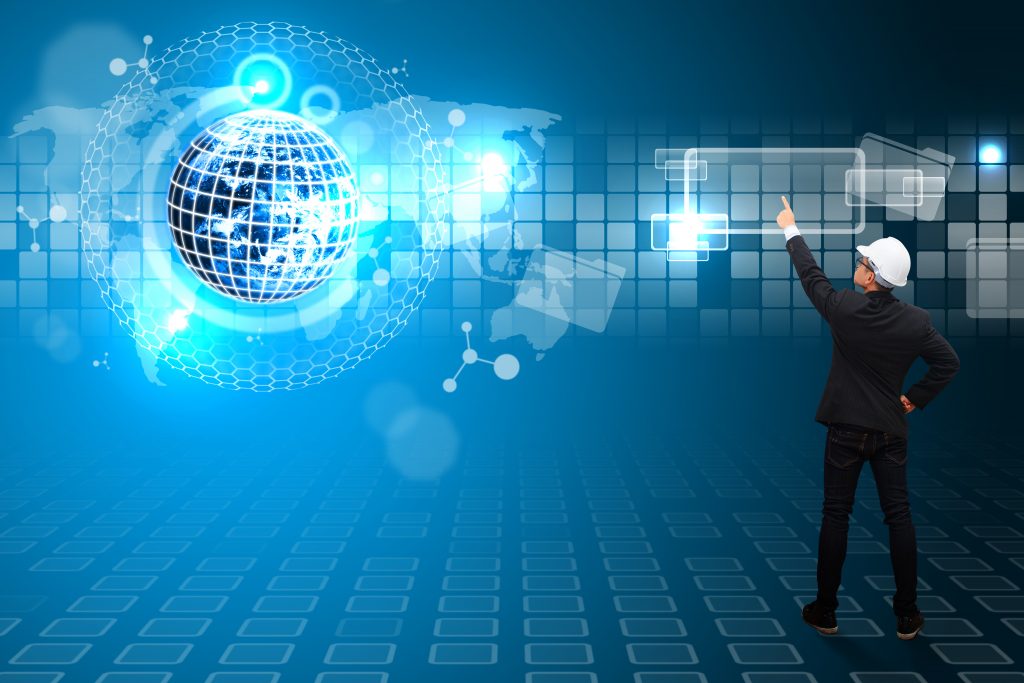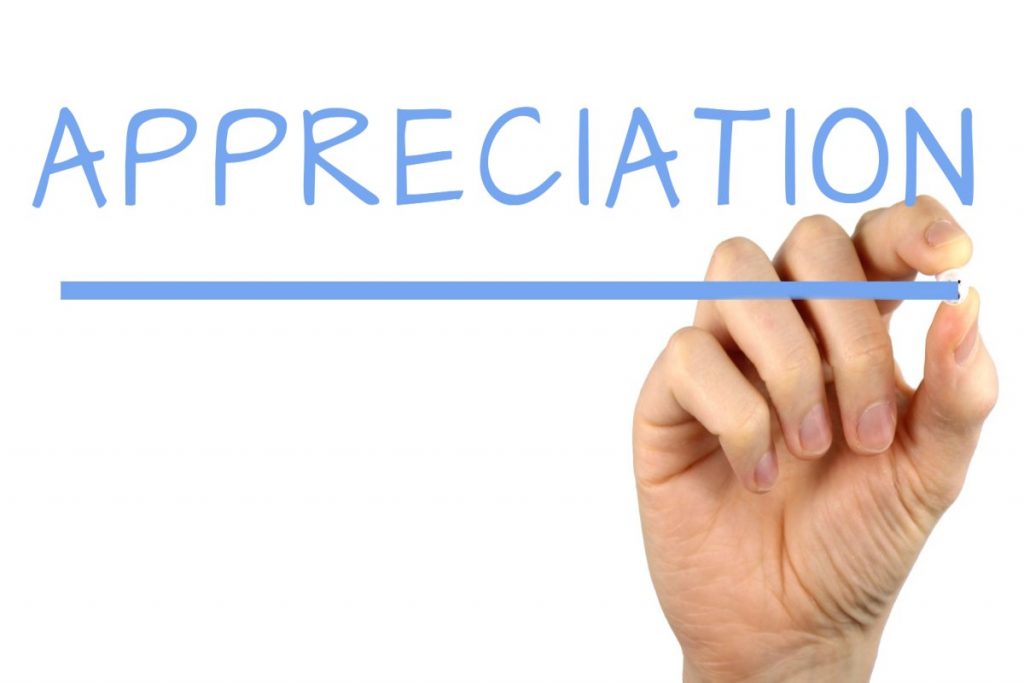What is Virtual Reality?
The definition of virtual reality can be explained when we separate both terms individually. ‘Virtual’ refers to near and almost to reality but not completely. So virtual reality really just means ‘near-reality’. Virtual reality uses human’s five senses of taste, touch, smell, sight and hearing to create a computer-generated virtual world. Users of VR can experienced a version of reality that really isn’t there, but perceived as real.
Other than games and entertainment, there are many applications of virtual reality. One of a useful application of VR is in the field of education.
How does VR benefit the Education Industry?
The uses of VR is vast and extremely useful when you need your users to be engaged. In education, it is always a challenge to engage students’ attention in the classroom especially when distractions are everywhere. VR can help solve this challenge by engaging your full attention and visual interest.
Preventing Distraction
In today’s generation, many universities or class rooms now allowed the use of smartphones. This has caused many distractions to them as smartphones gives the students to socialize, play games, or surf the web that are not relevant to the class.
VR can actually operate on a smartphone without the purchase of a dedicated hardware, although a VR frame is needed to place the smartphone in to be experienced. With the use of VR in classes, students will not be able to waste their time distracted by their smartphones since they would be using it to run the VR software. Hence, this can help reduce distractions and immerse them into the learning.
Outstanding Visualisations
The technology of VR can give students an immersive and different reality of exploration and learning experience that is impossible in the traditional classroom. Students that learn through VR can experience a high visual quality that positively impact their learning process. It may also explain complex concepts, theories and subjects in a more visualize form to the students. It will be more effective in helping the students to grasp, digest and visualize the information better.
A normal person can only remember 20% of what they hear and only 30% of what they see. But a personal experience can help a person remembers 90% of it. This can be explained why we remember movies and our past much better than we read or see. Thus, VR can offer this personal experience to the students to learn and remember effectively.
Conclusion
Apart from these benefits of applying VR technology into classrooms, there are many other more benefits that we did not cover in this article. Although we hope that it gave you a fresh perspective on how virtual reality can improve and enhance the education industry. If you are ready to develop a virtual reality software, talk to us at Gameka and we will be happy to help.





About The Author: Bernard Yap
More posts by Bernard Yap